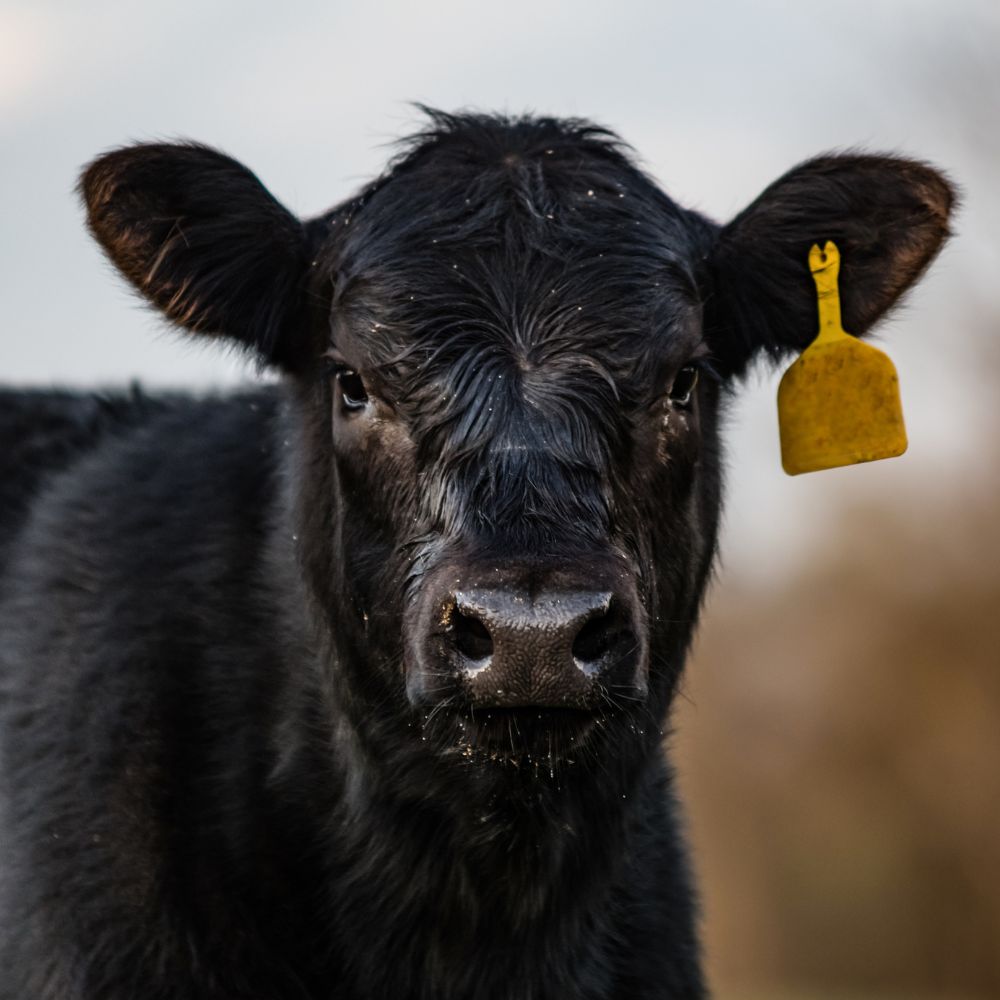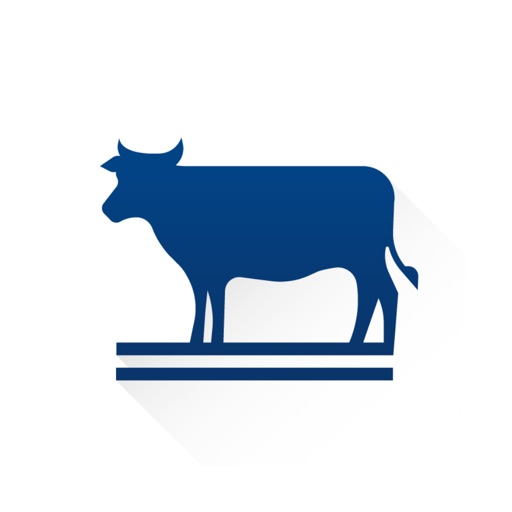Secret Factors to Think About When Choosing Livestock Risk Security (LRP) Insurance Coverage
When reviewing alternatives for Animals Danger Security (LRP) insurance coverage, several key elements call for cautious consideration to make sure efficient danger administration in the agricultural sector. Choosing the best coverage alternatives customized to your particular animals operation is critical, as is recognizing just how superior expenses associate with the degree of security offered.
Insurance Coverage Options
When considering Animals Risk Defense (LRP) insurance policy, it is crucial to understand the numerous coverage options readily available to reduce risks in the farming field. Animals Threat Defense (LRP) insurance policy provides various coverage choices customized to satisfy the diverse demands of animals manufacturers.
Another vital coverage choice is the recommendation duration, which figures out the size of time the coverage holds. Producers can pick the endorsement duration that finest suits their production cycle and market problems. Furthermore, coverage levels and prices differ based on the type of livestock being guaranteed, offering manufacturers the versatility to customize their insurance policy intends according to their details requirements.
Understanding the various protection alternatives readily available under Livestock Risk Security (LRP) insurance policy is essential for producers to make enlightened choices that effectively protect their livestock operations from market uncertainties.
Costs Expenses

Animals Threat Protection (LRP) insurance provides vital insurance coverage choices customized to alleviate risks in the agricultural field, with a considerable facet to consider being the computation and structure of premium prices. When identifying premium expenses for LRP insurance policy, numerous aspects enter into play. These consist of the type and number of livestock being guaranteed, the insurance coverage degree selected, the existing market costs, historic cost information, and the size of the insurance coverage period. Insurance providers might also take into consideration the place of the ranch, as geographical variables can influence the general threat account.
Premium expenses for LRP insurance coverage are usually calculated based on actuarial data and take the chance of assessment models. Insurance companies examine historic data on animals rates and production expenses to determine an appropriate costs that shows the level of danger included. It is necessary for animals producers to carefully review premium prices and protection alternatives to guarantee they are properly safeguarded against potential monetary losses as a result of negative market conditions or unanticipated events. By recognizing exactly how premium expenses are determined and structured, manufacturers can make informed choices when selecting the best LRP insurance plan for their operation.
Qualified Livestock
The determination of eligible animals for Animals Threat Defense (LRP) insurance protection includes careful consideration of specific requirements and features. Livestock kinds that are commonly qualified for LRP insurance policy consist of feeder cattle, fed livestock, lambs, and swine.
Feeder livestock, for instance, are typically qualified for LRP coverage if they drop within specified weight arrays. Lambs are one more category of animals that can be taken into consideration for LRP insurance policy, with elements such as weight and age playing an important role in determining their qualification.
Before picking LRP insurance coverage for livestock, producers ought to thoroughly review the qualification requirements laid out by the insurance policy service provider to guarantee their animals fulfill the required needs for coverage.
Plan Adaptability
Policy flexibility in Animals Risk Protection (LRP) insurance policy allows manufacturers to tailor insurance coverage to fit their details needs and take the chance of administration strategies. This versatility equips animals manufacturers to personalize their insurance coverage based on elements such as the kind of animals they own, market problems, and specific risk resistance degrees. One crucial facet of policy versatility in LRP insurance policy is the capability to select insurance directory coverage degrees that line up with the manufacturer's monetary goals and risk direct exposure. Manufacturers can pick protection degrees that protect them against prospective losses due to changes in animals rates, guaranteeing they are sufficiently insured without paying too much for unnecessary coverage. Furthermore, LRP insurance policy provides versatility in plan period, allowing manufacturers to choose protection durations that best fit their manufacturing cycles and advertising timelines. By supplying customizable alternatives, LRP insurance enables manufacturers to effectively handle their danger exposure while safeguarding their animals operations against unexpected market volatility.
Claims Refine
Upon experiencing a loss or damage, producers can launch the cases procedure for their Livestock Threat Defense (LRP) insurance by immediately contacting their insurance coverage company. It is critical for manufacturers to report the loss as soon as feasible to quicken the claims process. When connecting to the insurance supplier, manufacturers will require to give comprehensive information about the event, including the day, nature of the loss, and any type of pertinent paperwork such as vet documents or market prices.

After the analysis is total, the insurance policy company will decide pertaining to the insurance claim and communicate the result to the manufacturer. If the claim is authorized, the producer will get payment according to the regards to their Livestock Danger Security (LRP) insurance coverage. Bagley Risk Management. It is important for producers to be acquainted with the insurance claims procedure to make sure a smooth experience in the event of a loss

Final Thought
Finally, when choosing Livestock Risk Security (LRP) insurance, it is important to consider protection options, premium prices, qualified animals, policy versatility, and the claims process. These key variables will help ensure that farmers and breeders are appropriately shielded against potential dangers and losses connected Click Here with their livestock operations. Making a notified choice based upon these factors to consider can inevitably cause far better monetary safety and security and satisfaction for livestock producers.
Animals Danger Defense (LRP) insurance coverage uses various insurance coverage alternatives customized to fulfill the diverse requirements of animals manufacturers.The determination of eligible animals for Animals Danger Security (LRP) insurance policy coverage entails cautious factor to consider of certain criteria and attributes.Plan adaptability in Livestock Risk Defense (LRP) insurance enables manufacturers to tailor insurance coverage to match their particular needs and risk administration techniques.Upon experiencing a loss or damage, producers can launch the claims procedure for their Livestock Danger Protection (LRP) insurance policy by without delay calling their insurance policy service you could try this out provider.In conclusion, when choosing Livestock Danger Defense (LRP) insurance, it is crucial to think about protection choices, premium prices, eligible livestock, plan adaptability, and the cases process.